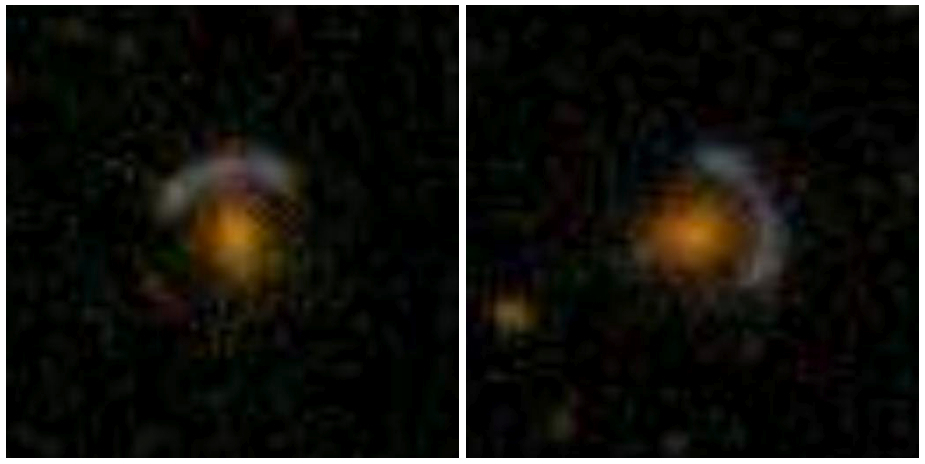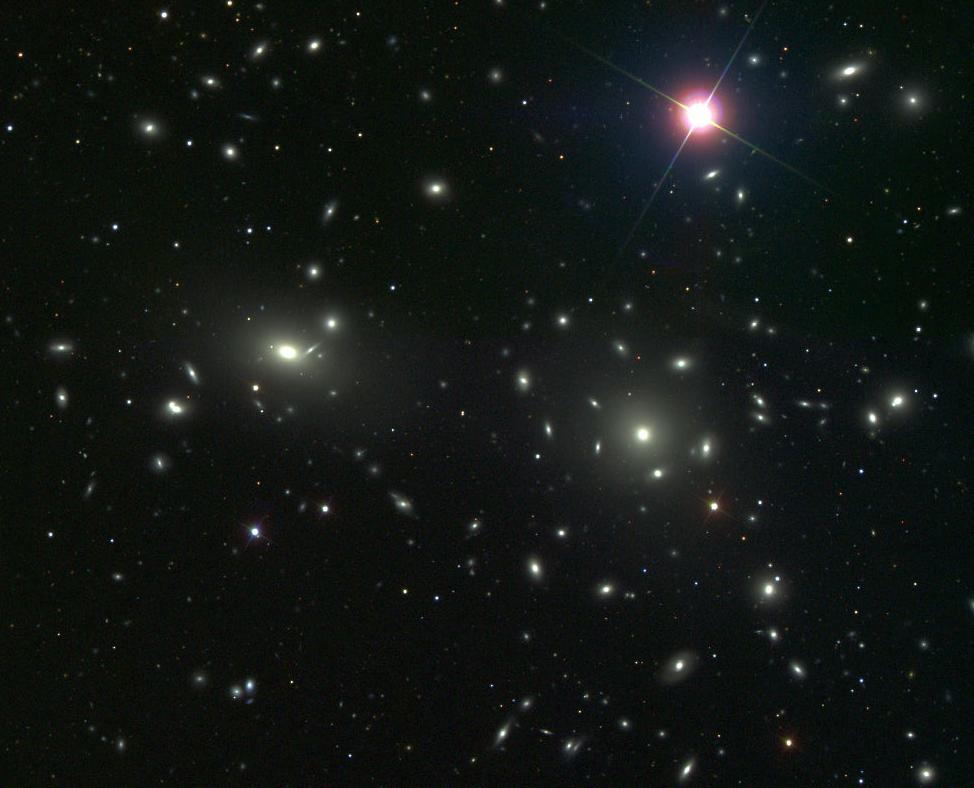Projects: Sloan Digital Sky Survey (SDSS)
One million redshifts is the goal of the Sloan Digital Sky Survey (SDSS), the most ambitious astronomical survey ever undertaken. When complete, it will provide detailed optical images covering more than a quarter of the sky, and a 3-dimensional map of about a million galaxies and quasars. No less than 50,000 scientific papers, abstracts, and articles have resulted from this survey on topics ranging from asteroids and nearby stars to the large scale structure of the Universe; with more to come.
The SDSS completed its first phase of operations SDSS-I in June, 2005. Over the course of five years, SDSS-I imaged more than 8,000 square degrees of the sky in five bandpasses, detecting nearly 200 million celestial objects, and it measured spectra of more than 675,000 galaxies, 90,000 quasars, and 185,000 stars. Not only is this survey extremely ambitious, but it is also extremely accessible, the data being released to the scientific community and the general public in annual increments.

Two Strong Gravitational Lenses in the SDSS: (Left) the `8’oclock arc’ with redshift z=2.73 and (Right) the `Clone’ at z=2.00
The SDSS uses a dedicated, 2.5-meter telescope on Apache Point, NM, equipped with two powerful special-purpose instruments. One is the 120-megapixel camera that can image 1.5 square degrees of sky at a time, about eight times the area of the full moon. The other is a pair of spectrographs fed by optical fibers can measure spectra of (and hence distances to) more than 600 galaxies and quasars in a single observation. A custom-designed set of software pipelines keeps pace with the enormous data flow from the telescope.
SDSS-II, the current phase, is an extension of the original plan and will continue through June, 2008. With a consortium that now includes 25 institutions around the globe, SDSS-II will carry out three distinct surveys the Sloan Legacy Survey, SEGUE, and the Sloan Supernova Survey to address fundamental questions about the nature of the Universe, the origin of galaxies and quasars, and the formation and evolution of our own Galaxy, the Milky Way.
Team Members
- Jim Annis
- Liz Buckley-Geer
- Tom Diehl
- Josh Frieman
- Jiangang Hao
- Steve Kent
- Rich Kron
- Nikolay Kuropatkine
- Huan Lin
- John Marriner
- Eric Neilsen
- Marcelle Santos
- Doug Tucker
- Brian Yanny










